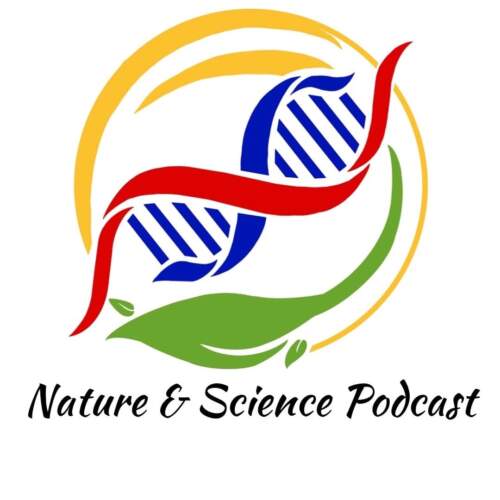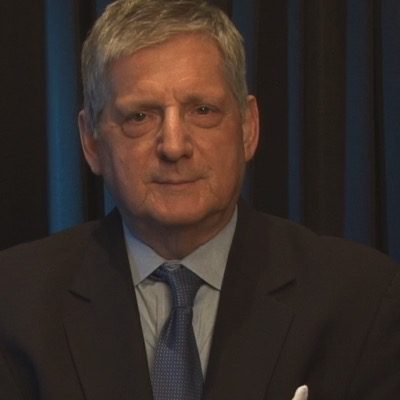The Science of Effective Leadership Communication: Enhancing Team Collaboration and Client Interaction
In the intricate world of B2B sales and corporate environments, effective leadership communication is the cornerstone of team collaboration and successful client interactions. By leveraging insights from behavioral psychology and neuroscience, leaders can refine their communication strategies to enhance team dynamics and build stronger client Relationships. This blog post delves into the science behind effective leadership communication and offers practical strategies to enhance both team collaboration and client interaction.
Leadership communication encompasses the ways in which leaders convey messages, share information, and engage with their teams and clients. Effective communication is not merely about transmitting information; it’s about ensuring that messages are understood, motivations are aligned, and relationships are strengthened.
Neuroscience provides valuable insights into how the brain processes communication. Effective communication activates multiple brain areas, including those responsible for language, emotion, and social interaction. Understanding these neural processes can help leaders craft messages that resonate more deeply and foster stronger connections.
Emotional intelligence (EI) is a critical component of effective leadership communication. EI involves recognizing, understanding, and managing one’s own emotions and the emotions of others. Leaders with high EI can better navigate complex interpersonal dynamics, making their communication more impactful.
Open and transparent communication fosters trust and collaboration within teams. When team members feel informed and valued, they are more likely to engage and contribute.
Strategy: Regularly share updates, goals, and feedback with your team. Encourage open dialogue and create a safe space for team members to voice their ideas and concerns. Use team meetings, digital platforms, and one-on-one interactions to maintain transparency.
2. Active Listening
Active listening involves fully engaging with the speaker, understanding their message, and responding thoughtfully. This approach demonstrates respect and fosters mutual understanding.
Strategy: Practice active listening during team interactions. Maintain eye contact, nod in acknowledgment, and refrain from interrupting. Summarize key points to ensure understanding and show that you value their input.
3. Clarify Expectations and Goals
Clear communication of expectations and goals is essential for team alignment and collaboration. When everyone understands their roles and objectives, they can work more cohesively towards common goals.
Strategy: Clearly articulate project goals, deadlines, and individual responsibilities. Use visual aids, such as project plans and timelines, to reinforce your message. Regularly review and adjust expectations as needed to keep the team on track.
4. Encourage Feedback and Continuous Improvement
Feedback is a powerful tool for continuous improvement and team Growth. Encouraging a culture of constructive feedback helps identify areas for development and fosters a collaborative environment.
Strategy: Implement regular feedback sessions and 360-degree feedback mechanisms. Encourage team members to provide and seek feedback constructively. Use feedback to guide personal and team development plans.
5. Leverage Technology for Collaboration
Technology can enhance communication and collaboration within teams, especially in remote or hybrid work environments. Utilizing the right tools can streamline interactions and improve productivity.
Strategy: Use collaboration platforms such as Slack, Microsoft Teams, or Trello to facilitate communication and project management. Encourage the use of video conferencing for more personal interactions and regular check-ins.
Effective leadership communication is vital for enhancing team collaboration and client interaction. By understanding the science behind communication and leveraging emotional intelligence, leaders can create an environment where teams thrive and client relationships flourish. Implementing strategies that promote open communication, active listening, clear expectations, and continuous feedback can drive team success and client satisfaction. In the ever-evolving landscape of B2B sales and corporate environments, mastering the art of leadership communication is a key differentiator that leads to sustained success and growth. Learn more at www.braintrustgrowth.com
I come from a large Italian family. I’m number seven in the line of ten kids!
When my dad passed away some years ago, I was fortunate enough to be there as the end was coming. I was standing just to the right of his hospital bed; he was lying there with his eyes closed. All of a sudden, Dad opens his eyes. He looks up at the ceiling with a look of peace – and maybe accomplishment – on his face. Then he closes his eyes for the last time. I guess out of instinct, I reached down and kissed him on that prickly cheek one last time. My dad left a legacy in that life well lived! A legacy based on three main principles: Family, Service, and Dedication. I do what I do to carry on that legacy to the best of my ability.
















































BabyBoomer.org is an online membership community created by and for the Baby Boomer Generation. Boomers, and those who service and support them, are welcome to join our community accessing all general topics.
Notifications
